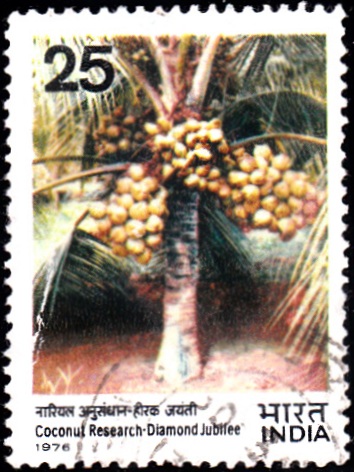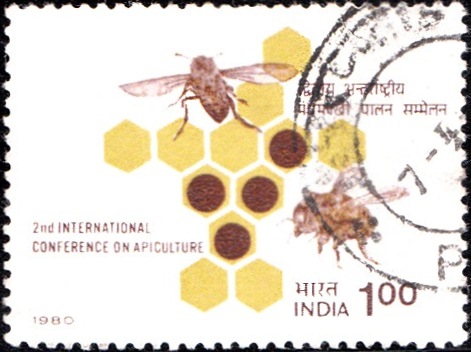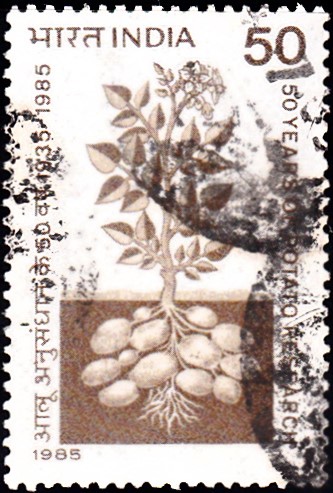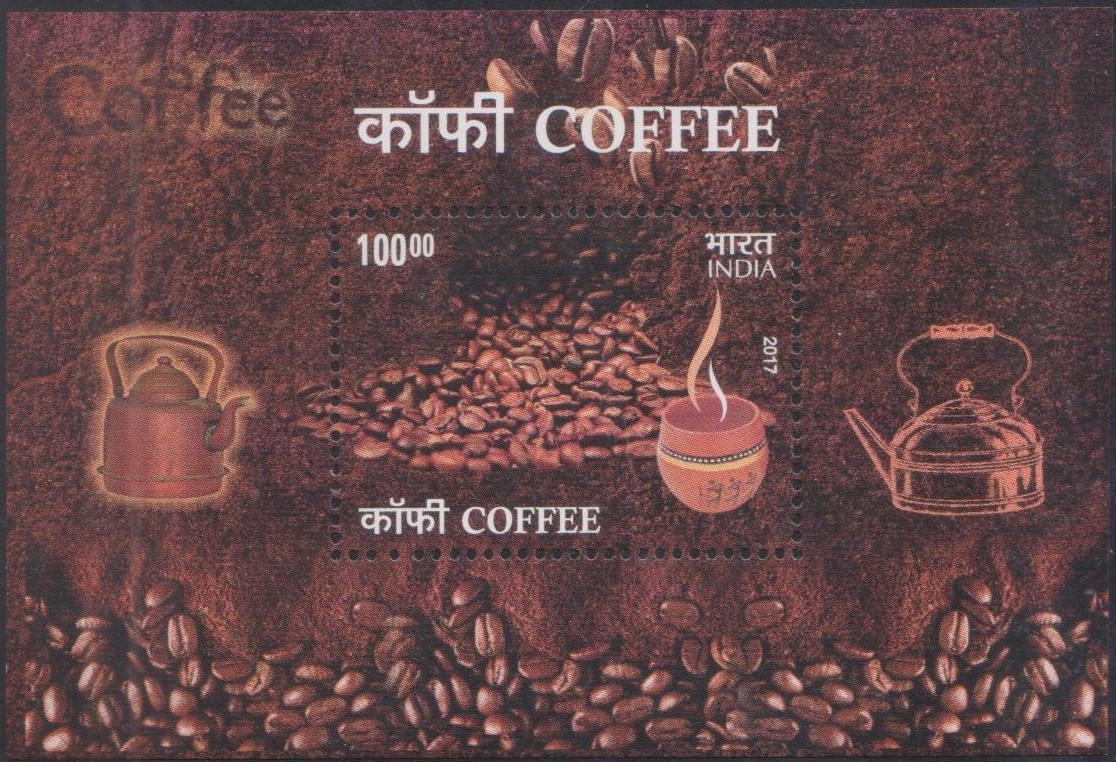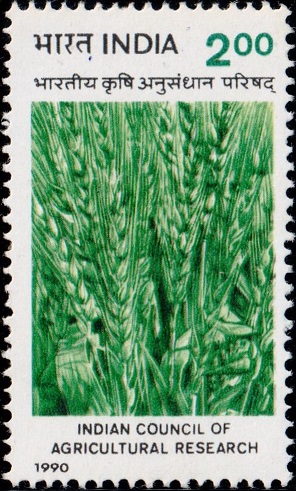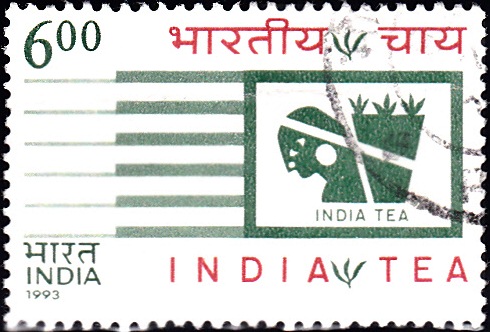
India Tea
A commemorative postage stamp on the Year of ‘India Tea‘ :
 Issued by India
Issued by India
Issued on Dec 11, 1993
Issued for : The Department of Post happily joins the tea industry of the country in commemorating 1993 as the year of ‘India Tea’, by issuing a special postage stamp to carry the message of India Tea the world over.
Design : The First Day Cover is an artist’s conception of how Indian tea is alive to the global challenge of the 20th century. The stamp design is a graphic depiction of the tireless tea picker and the symbol of two leaves and a bud typical of the tea plantations in India. The stamp and the first day cover readily recall to mind Rabindranath Tagore‘s lines.
Come oh come
Yea tea-thirsty
Restless ones
The kettle boils
Bubbles and sings
Musically.
Design Credits : The Stamp, FDC and Cancellation are based on the materials/designs supplied by the Ministry of Commerce.
Type : Stamp, Postal Used
Colour : Bi-Colour
Denomination : 600 Paise
Overall size : 4.06 x 2.73 cms.
Printing size : 3.71 x 2.38 cms.
Perforation : 13 x 13
Paper : Indigenous adhesive gravure coated stamp paper in sheets 50.5 x 53.5 cms.
Number of stamps Printed : 1 Million
Number per issue sheet : 40
Printing Process : Photogravure
Printer : India Security Press
About :
- For over 1,500 years a cup of tea has brought cheer and joy to people throughout the world. It was the ancient Chinese who first drank tea for its medicinal value and later adapted it as a beverage from the 4th century. The Japanese raised tea drinking to a fine art in their tea ceremonies. The Tartars, the Moghuls, the Tibetans – all of them fell for the taste of this beverage and drank it in the fashion most suited to them. Tea drinking in Europe and England began in the middle of the 17th century. Strange but true, in India, apart from certain tribes of Assam, tea was not used as a beverage until the British introduced it. Though tea was a subject of controversy in the 17th century, it gradually became the subject of inspired poetry when William Cowper sang “The cup that cheers but not inebriate“. Tea had arrived in a big way in the drawing-rooms of the elite and the streets of the market place.
- Tea industry today employs a million workers in various estates spread over north east and south India. It also generates gainful employment to a large segment of people engaged in ancillary and supporting services. Tea estates have been historically located in industrially backward areas and continue to play a pivotal role in supporting the tribal communities in those areas. The spread of tea estates was instrumental in the opening up of remote parts of India in terms of infrastructure such as roads and railways.Tea is substantial foreign exchange earner and nets around Rs. 1200 crores annually. It also provides large revenues to the Central and State exchequers.
- Indian tea, like the country itself, represents unity in the midst of diversity. The varying agro climatic conditions of growth spanning the snowy peaks of Darjeeling up in the north to the sea levels of south Travancore; and the wide spectrum of the product ranging from the traditional black tea to the modern convenience beverage inherent in tea bags and instant tea, contribute to the uniqueness of Indian tea.
- A specific thrust is being given in the year 1993 towards promoting the Indian tea in the world market. As part of its promotion thrust, trade fairs, buyer-seller meets etc. have been organised by the Indian Tea Industry.



